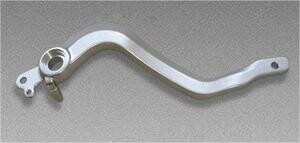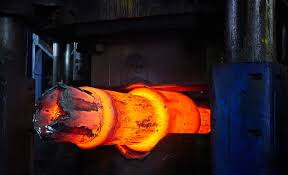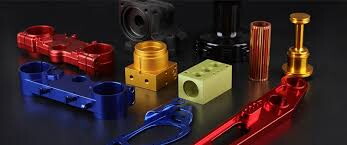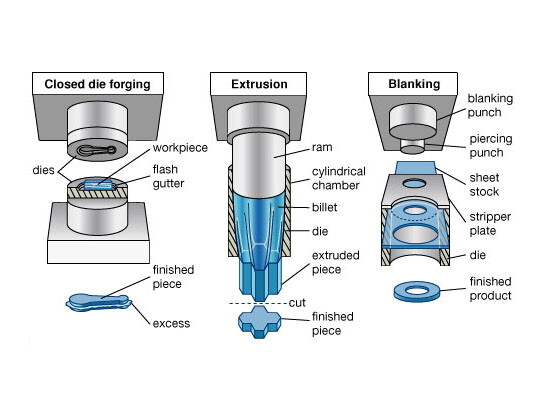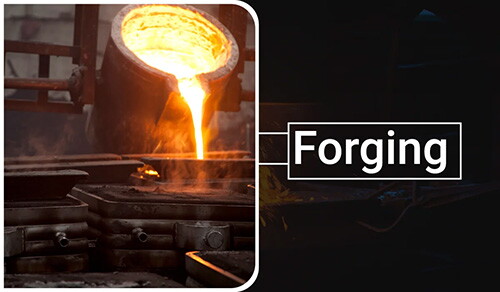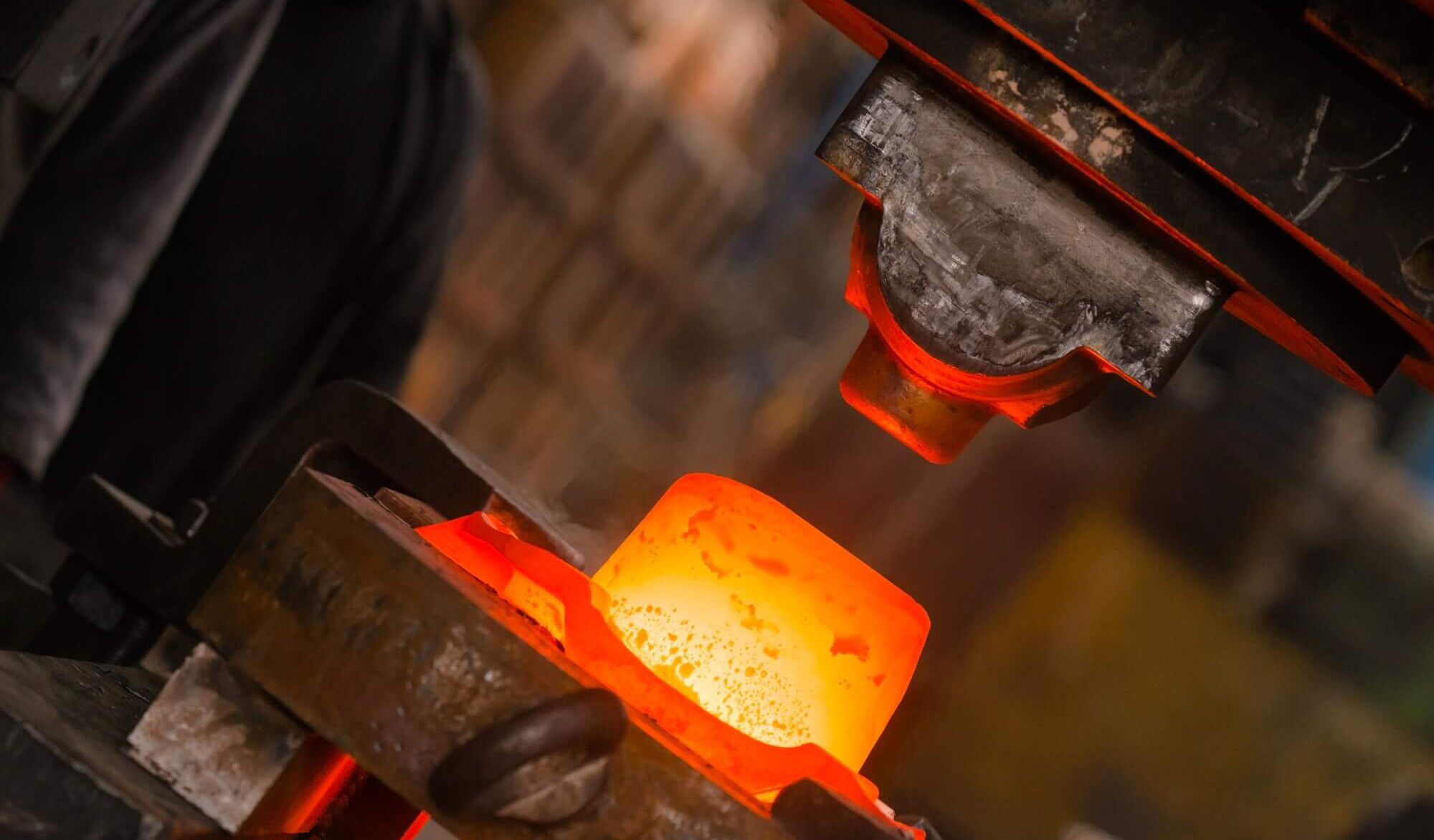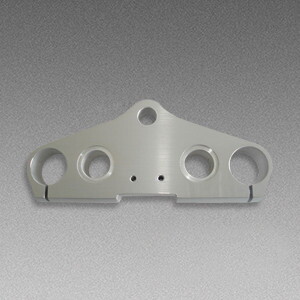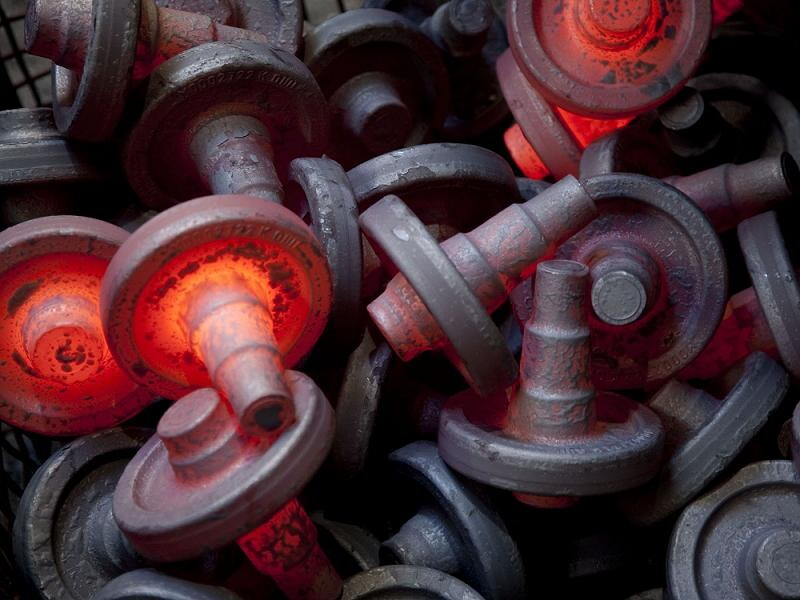Forged Aluminum Components for Lightweight Structures
Aluminum forgings have emerged as a superior alternative to both forged steel and cast aluminum components in the pursuit of vehicle weight reduction. This choice not only leads to significant productivity enhancements in high-volume production but also ensures competitive pricing. In the realm of automotive chassis design, the use of lightweight, non-elastic materials is crucial for enhancing safety and comfort. Dr. Heinz Lowak, an engineering expert, emphasizes the advantages of aluminum forgings,...

